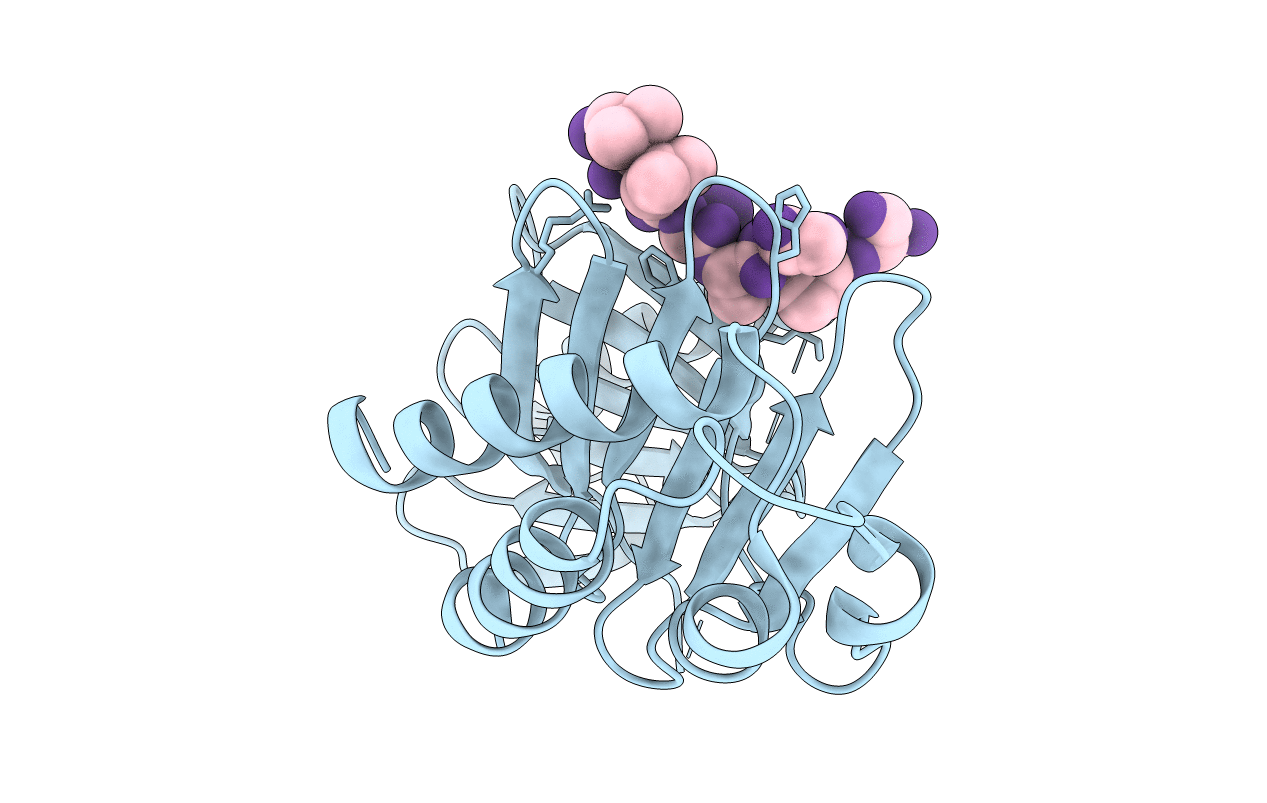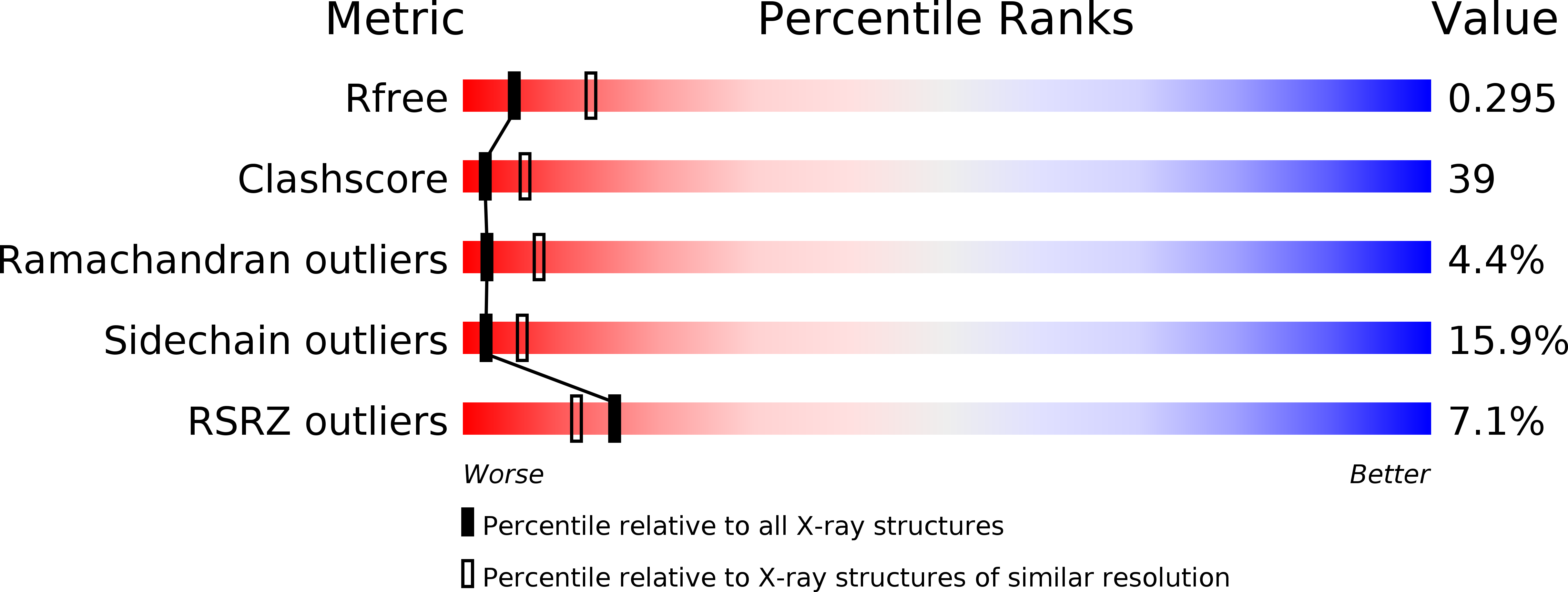
Deposition Date
2007-01-15
Release Date
2007-02-13
Last Version Date
2023-08-30
Entry Detail
PDB ID:
2OJX
Keywords:
Title:
Molecular and structural basis of polo-like kinase 1 substrate recognition: Implications in centrosomal localization
Biological Source:
Source Organism:
Homo sapiens (Taxon ID: 9606)
Host Organism:
Method Details:
Experimental Method:
Resolution:
2.85 Å
R-Value Free:
0.27
R-Value Work:
0.23
R-Value Observed:
0.23
Space Group:
P 1 21 1


